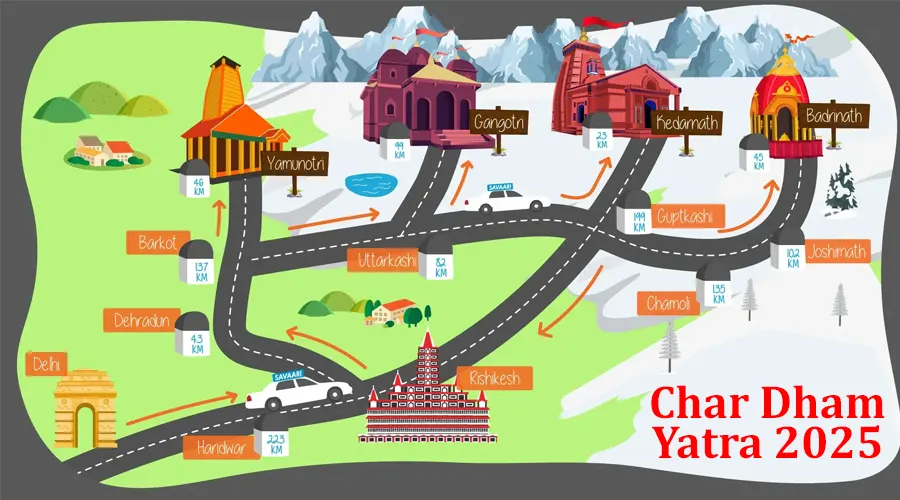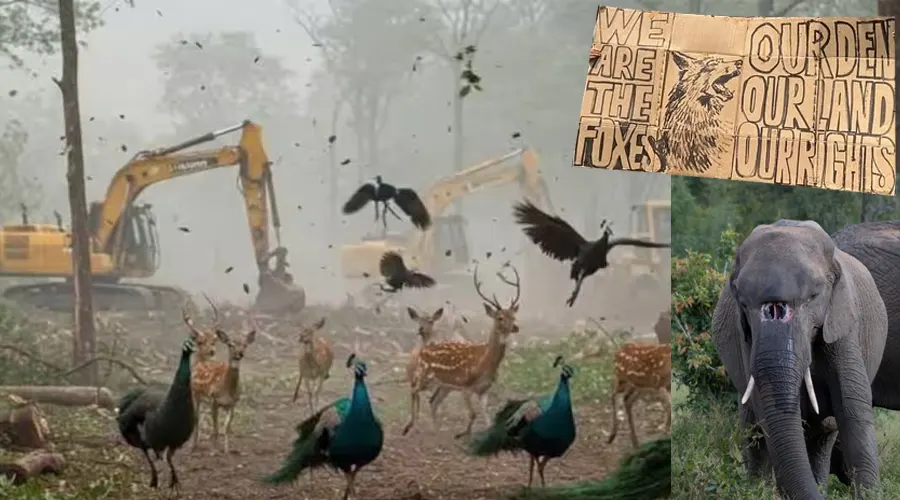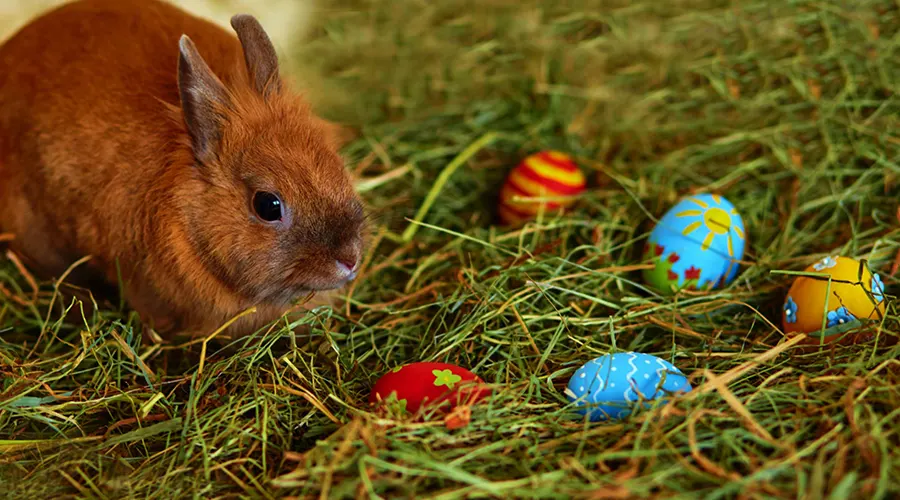Discover Nagaland: A Hidden Gem of Northeast India | Tribes, Traditions & Tranquility
Nagaland, located in the northeastern part of India, is a culturally rich state known for its unique traditions, customs, and vibrant festivals. Home to several indigenous Naga tribes, Nagaland offers a fascinating blend of cultural diversity, with each tribe having its own distinct language, attire, and way of life. The state's captivating landscape, featuring lush green hills, valleys, and dense forests, provides a stunning backdrop for exploring its natural beauty.
Nagaland is most famous for its annual Hornbill Festival, a grand celebration of the state's diverse cultures, where visitors can witness traditional dance, music, crafts, and indigenous rituals. Beyond the festivities, Nagaland offers serene villages like Kohima, Mokokchung, and Wokha, where travelers can experience the rural lifestyle and the warm hospitality of the Naga people. Whether you’re seeking cultural immersion, adventure, or tranquility, Nagaland is a destination that promises to leave a lasting impression.
History of Nagaland: Key Historical Milestones
Nagaland's history is rooted in ancient tribal traditions. The British arrival in the 19th century introduced Christianity and education. After independence, Nagaland became India’s 16th state in 1963. Today, it proudly preserves its unique tribal identity alongside modern development.
- Ancient Tribal Heritage: Nagaland has been home to various indigenous Naga tribes for centuries, each with distinct customs, languages, and practices.
- The Headhunting Tradition: Historically, many Naga tribes practiced headhunting, a symbol of bravery and status within the community.
- British Influence: The British colonial period in the 19th century introduced Christianity, education, and governance structures to Nagaland.
- Post-Independence and Statehood: Nagaland became a state of India in 1963, marking a significant political shift for the Naga people.
- Naga Peace Movement: The Naga political movement, aiming for autonomy and rights, has been a defining feature of the state's modern history.
Architecture of Nagaland: Notable Features
Nagaland’s architecture reflects its tribal heritage, with traditional Naga homes made of bamboo, wood, and thatch. Each tribe has distinct architectural styles, often decorated with carvings, horns, and symbolic motifs. Morungs (youth dormitories) stand out as cultural hubs with unique structural designs.
- Morungs (Tribal Communal Houses): Traditional Naga houses built with bamboo and thatch, serving as communal spaces for young men to learn and socialize.
- Village Gates: Intricate wooden gates that serve both as decorative and protective elements in tribal villages.
- Wooden Carvings and Sculptures: Rich in symbolism, Naga villages often feature elaborate carvings on doors, posts, and ceremonial items.
- Stilt Houses: Traditional Naga homes are built on stilts to protect from flooding and wild animals, typically made from bamboo and wood.
- Traditional Sacred Structures: Sacred groves and village shrines play a significant role in the religious practices of Naga tribes.
Festivals of Nagaland: A Celebration of Tradition and Culture
Hornbill Festival (December 1–10)
Aoleang Festival (First Week of April)
Gaan-Ngai Festival (November–December)
Cultural Heritage of Nagaland: A Glimpse into the Past
Folk Dances & Music
- Laho Dance: A traditional Garo dance performed during festivals.
- Wangala Festival: Celebrated by the Garos to honor their gods and seek a good harvest.
- Ka Shad Suk Mynsiem: A colorful Khasi dance that celebrates the harvest season.
Handicrafts
Offbeat Adventures in Nagaland: Hidden Gems to Explore
- Benreu Village: A serene village surrounded by lush greenery, perfect for nature walks and bird watching.
- Khezhakeno Village: Known for its scenic landscapes and traditional Naga huts, offering a glimpse into rural life.
- Doyang Hydro Project: A tranquil spot for fishing and boating, set against the backdrop of rolling hills.
Naga Cuisine: A Flavorful Journey Through Nagaland’s Traditional Dishes
- Smoked Pork with Bamboo Shoot: A traditional dish cooked with fermented bamboo shoots and local spices.
- Akhuni: A fermented soybean paste used in various dishes.
- Rice Beer: A traditional alcoholic beverage brewed from rice.
Best Time to Visit Nagaland: Ideal Seasons for Travel and Festivals
How to Reach Nagaland: Travel Tips for First-Time Visitors
- By Air: The nearest airport is Dimapur Airport, well-connected to major cities like Kolkata, Guwahati, and Delhi. From the airport, you can hire a taxi or take a bus to reach your destination.
- By Train: Dimapur is the main railway station in Nagaland, with regular trains connecting to cities like Guwahati and Kolkata. From the station, taxis and buses are available for further travel.
- By Road: Nagaland is accessible by road from neighboring states. National Highway 29 connects Dimapur to Kohima and other districts. Local buses and taxis are available for intra-state travel.
Where to Stay
Conclusion
Nagaland is a treasure trove of culture, adventure, and natural beauty. Whether you're participating in the vibrant festivals, exploring offbeat destinations, or savoring the unique cuisine, Nagaland promises an unforgettable experience. Plan your visit in 2025 to immerse yourself in the rich tapestry of Naga traditions and landscapes.
FAQs About Nagaland
- What is the Hornbill Festival? The Hornbill Festival is an annual event held in December at Kisama Heritage Village, showcasing the diverse cultures of Nagaland's tribes through music, dance, crafts, and food.
- When is the best time to visit Nagaland? The best time to visit is during the winter months (October to March), especially during the Hornbill Festival in December.
- What are some offbeat destinations in Nagaland? Offbeat destinations include Benreu Village, Khezhakeno Village, and the Doyang Hydro Project, offering serene landscapes and cultural experiences.
- What is Nagaland's cuisine like? Nagaland's cuisine is characterized by bold flavors, with dishes like smoked pork with bamboo shoot, akhuni, and rice beer being local specialties.
- How can I reach Nagaland? Nagaland is accessible by air via Dimapur Airport, by train to Dimapur Railway Station, and by road through National Highway 29 connecting to neighboring states.






